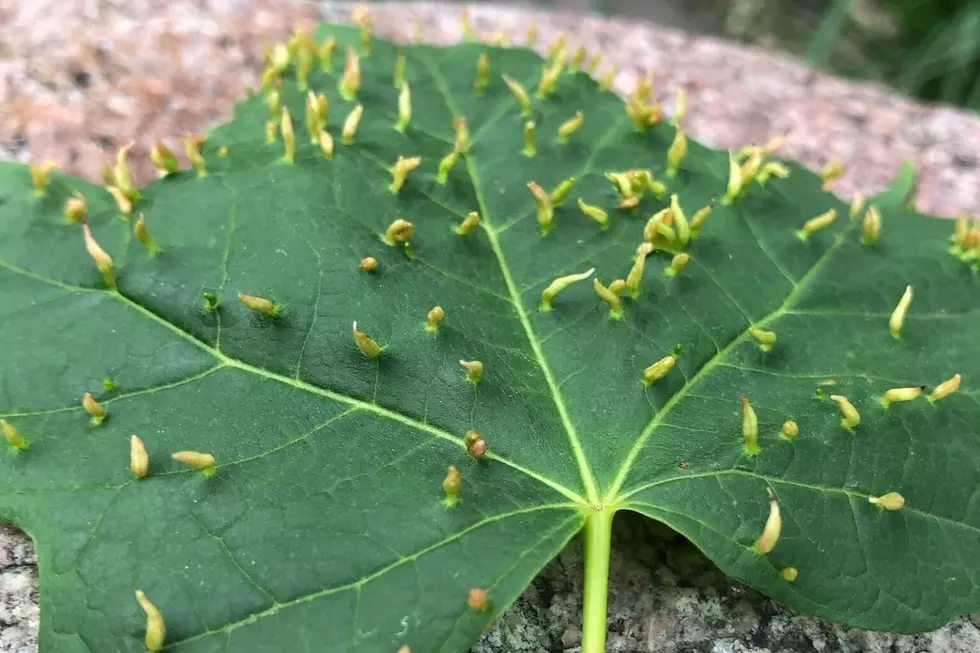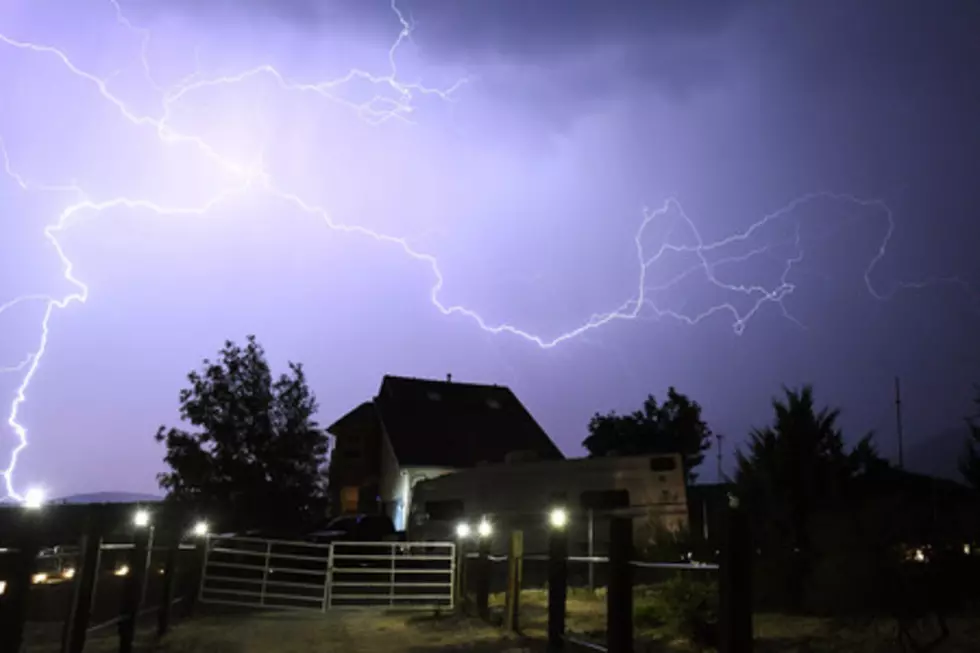
Watch Out For These Weird Growths on Minnesota Tree Leaves
The weather has been exceptionally nice this summer so far, and a lot of us are spending as much time outside as possible. In your time outdoors, you may have noticed some odd growths on the leaves of maple trees.
There are a couple of variants to these growths. The one in the photo above is Maple spindle gall or Vasates aceriscrumena. The red growths in the photo below are Maple bladder gall or Vasates quadripedes.
Both of these growths are called galls and are defined as abnormal plant growths caused by insects, mites, nematodes, fungi, bacteria, and viruses. These growths tend to form during the accelerated growth period of new leaves in late spring, so we would be noticing them on trees this time of year. The University of Minnesota Extension page on them states most galls remain on plants for more than one season since they become noticeable only after they are fully formed.
- Insects or mites damage plants by chewing on them and their salivary secretions (spit) cause plants to increase production of normal plant growth hormones.
- Higher hormone production results in increased cell size or cell numbers. These abnormal cell growths are called galls.
- If galls start to form, they continue to form even after the insects die.
As far as control goes for these growths, it isn't usually suggested. Most plants that have galls don't have enough to cause harm, but damage can occur if there is an abundance on certain branches, or show up for several years in a row.
If you have a tree or plant with galls and want to stop them from forming, timing is everything. Chemical applications often are not effective because the precise timing is critical. To be effective, apply pesticide (safely following label directions) before gall formation begins, but when insects and mites are active chewing on the new growths.

More From Quick Country 96.5









